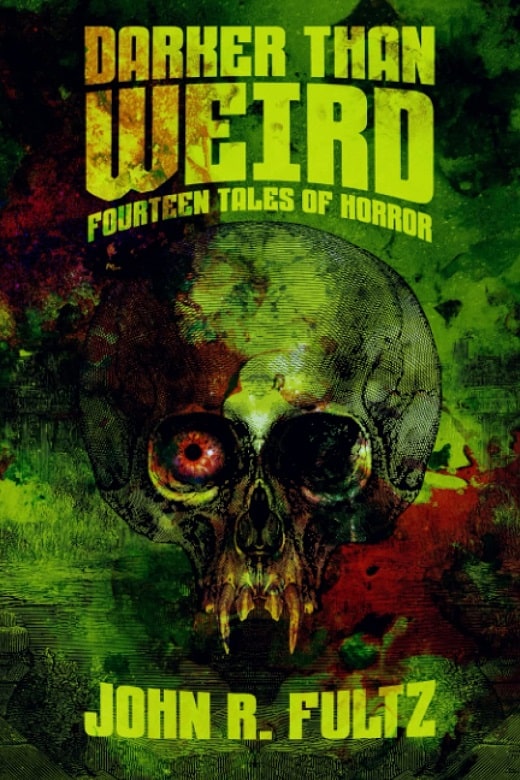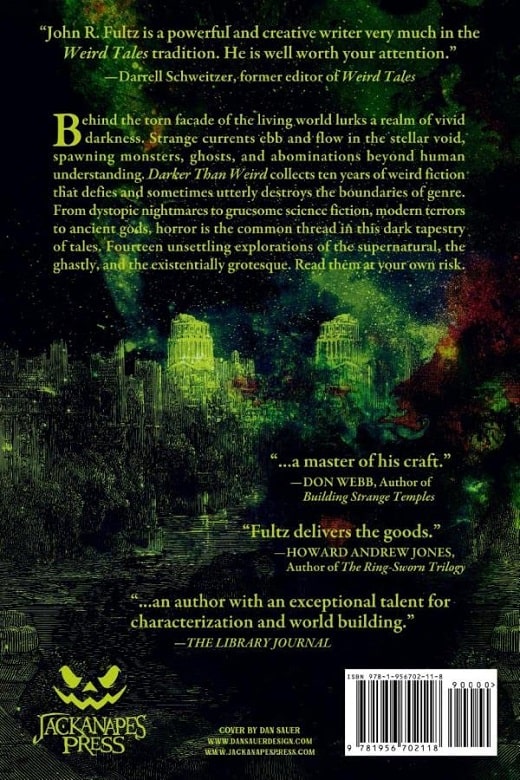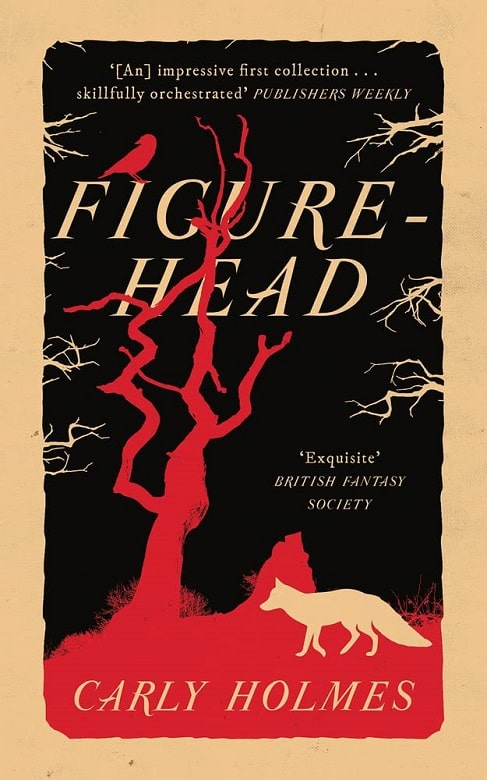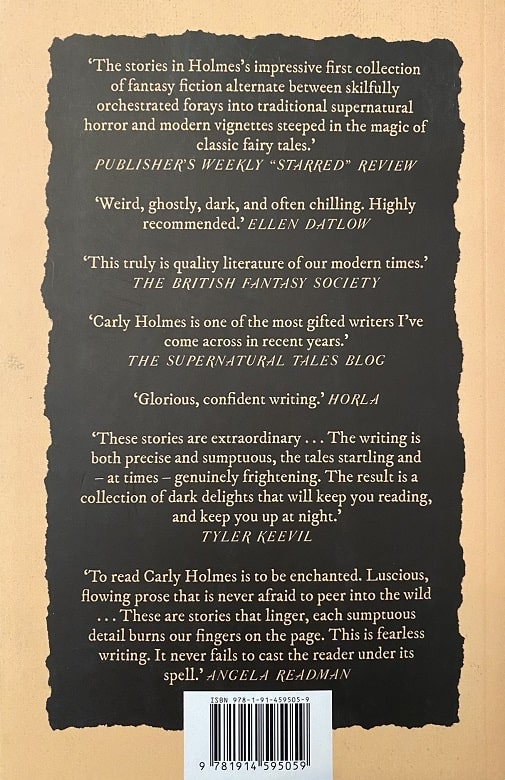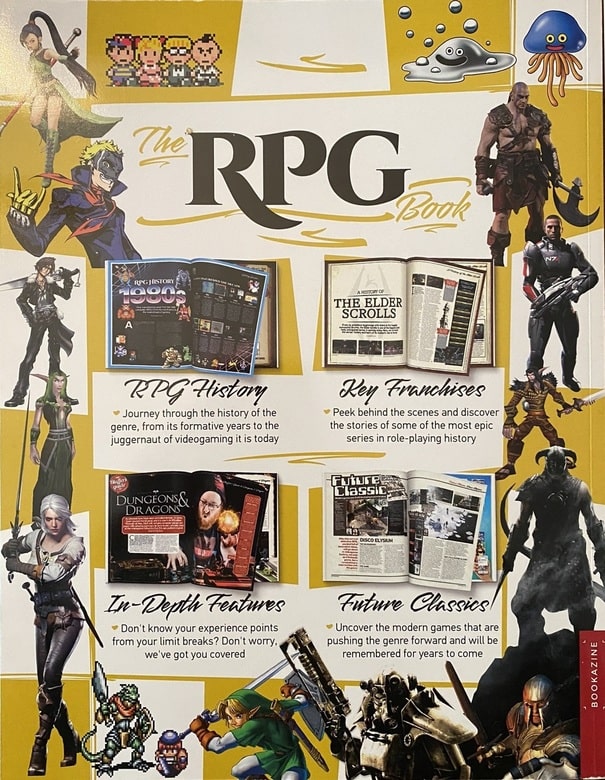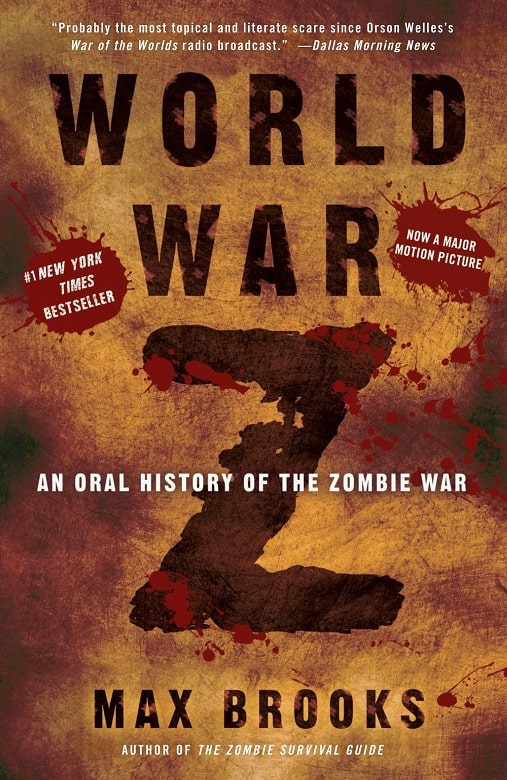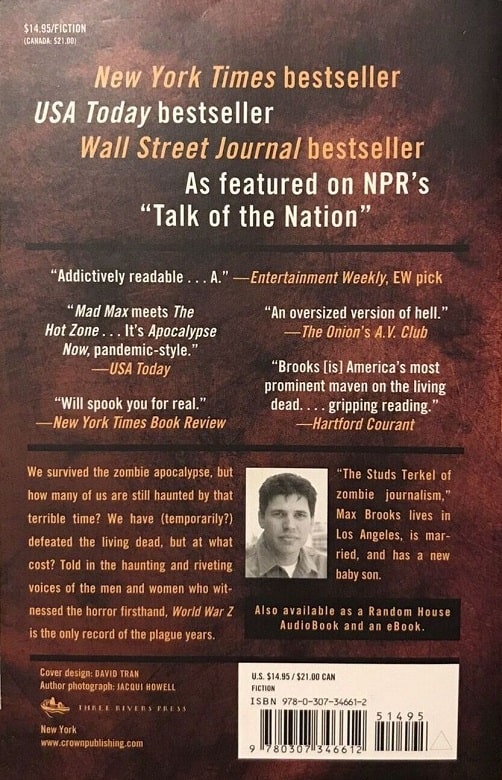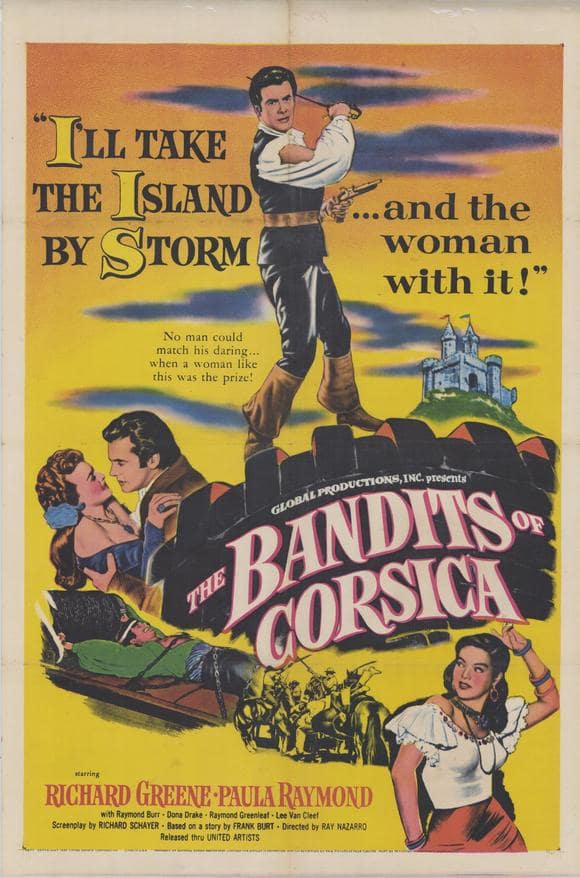A Tale of the Last Free Humans: Fletcher Vredenburgh on Jack Vance’s “The Dragon Masters”
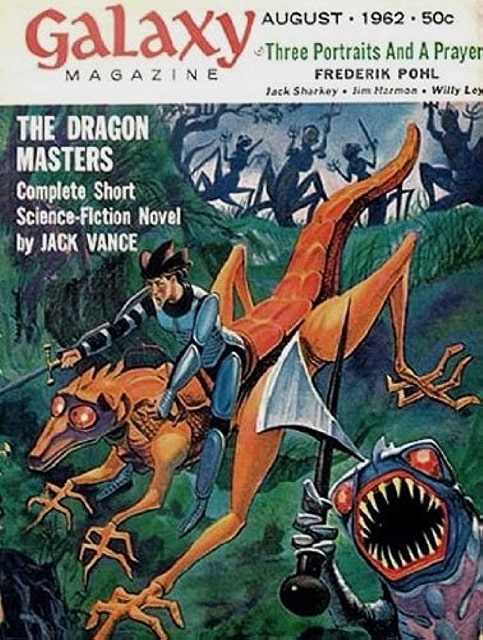 |
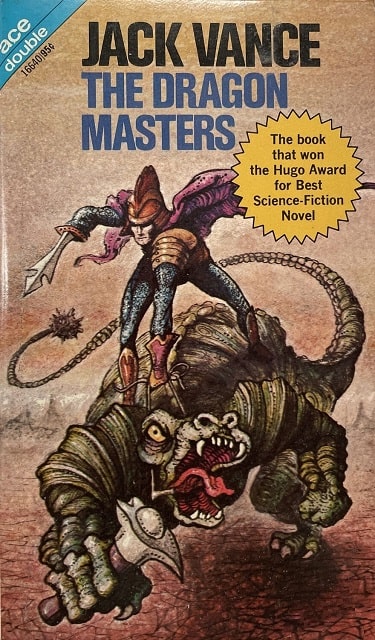 |
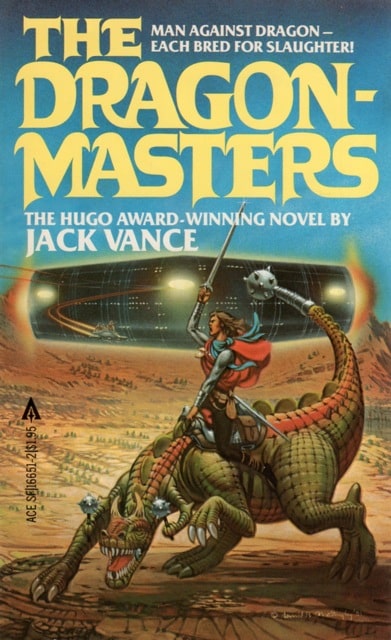 |
Various covers for Jack Vance’s novella “The Dragon Masters” over the years: the
original appearance in the August 1962 Galaxy, the 1972 Ace Double, and the 1981
Ace paperback edition. Cover art by Jack Gaughan, Josh Kirby, and David B. Mattingly
Over at Goodman Games Bill Ward, Howard Andrew Jones and a team of thousands have assembled a world-class fantasy blog around their magnificent magazine Tales From the Magician’s Skull. Recent articles include Bill Ward’s delightful survey of the Classic Covers of Jack Williamson, Jeff Goad’s Appendix N-inspired dive into the work of Fletcher Pratt, and Ngo Vinh-Hoi’s appreciation of pulp master Stanley G. Weinbaum.
But the piece that really grabbed my attention was part of their recent series on the amazing Jack Vance. Black Gate‘s own Fletcher Vredenburgh has a look at Vance’s Hugo Award-winning novella “The Dragon Masters,” calling it “a fantastic introduction to the science fiction of Jack Vance… one of the great writers of fantasy and science fiction.”
